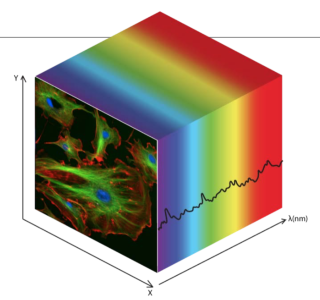Optical Compressive Sensing(CS) technologies for space applications

The project aimed to design an optical instrument based on Compressive Sensing (CS) for a space applications. Conventional sampling or compression methodologies follow the Shannon-Nyquist theorem, which states that if a signal frequency band or spectrum is limited to a frequency B [Hz], the signal is completely determined by a sample-rate larger than 2xB samples per second. Compressive Sensing (CS) provides a fundamentally new approach to data acquisition or signal sampling. CS theory predicts that signal or images can be accurately recovered from fewer measurements than those usually considered necessary as long as two fundamental principles are fulfilled: sparsity and incoherence. A signal is sparse when it can be represented in a domain (integral transform) with a limited number of non-zero coefficients. The signal or image is sampled by taking a given number of measurements that are linear combinations of the signal/image. The linear combinations (combined in a so-called sampling or measurement matrix) are incoherent in the integral transform domain.
